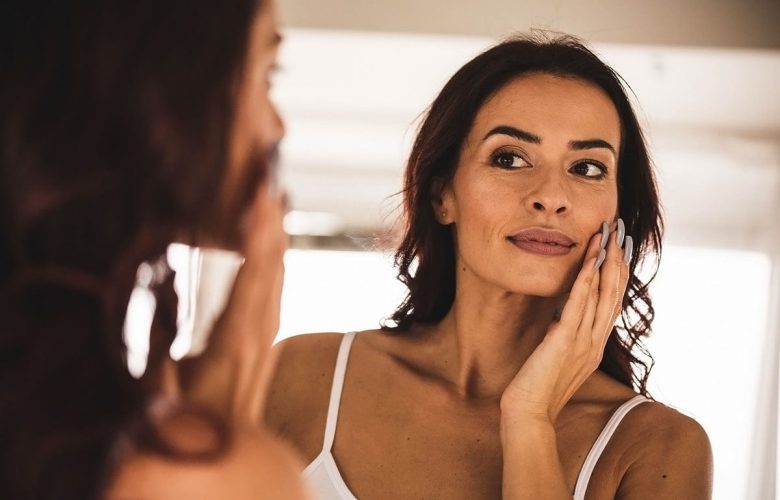As we journey through life, our bodies inevitably undergo changes that are reflected in the way we age. One aspect of aging that often goes overlooked is how it impacts our tanning ability. Tanning has been a popular beauty trend for decades, but as we age, our skin becomes more susceptible to damage from UV radiation. Delve into the impact of age on tanning and explore how our skin’s changing composition can influence our appearance and overall health and wellness.
Selecting Products for Mature Skin
When selecting products for mature skin, it is important to prioritize ingredients that cater to the specific needs of aging skin. Look for products rich in antioxidants, such as vitamins C and E, which can help protect the skin from free radicals and promote collagen production. Hyaluronic acid is another key ingredient to look for, as it helps maintain moisture levels in the skin and plump up fine lines and wrinkles.
Choosing a tanning product with SPF protection to shield mature skin from further sun damage is also essential. Sunscreen prevents premature aging and reduces the risk of developing more serious conditions such as skin cancer. Additionally, gentle formulas without harsh chemicals or fragrances can help prevent irritation and sensitivity commonly associated with mature skin. By carefully selecting products that address these specific concerns, you can support your skin’s health and vitality as you age gracefully.
The Changing Landscape of Your Skin
As we age, our skin begins to lose its elasticity and ability to repair itself from the damage caused by UV rays. This can increase the risk of developing skin cancer and premature aging, such as wrinkles and sagging. Additionally, older skin may not be able to produce as much melanin, the pigment responsible for tanning, leading to a decreased ability to protect itself from harmful sun exposure.
To age gracefully and maintain healthy skin, we must take steps to protect ourselves from the sun’s damaging effects. This includes wearing sunscreen daily, avoiding prolonged exposure during peak hours, and using protective clothing such as hats and sunglasses. By being mindful of how our skin changes with age and taking proactive measures to care for it properly, we can ensure that our skin remains healthy and beautiful throughout the years.
Youthful vs. Mature Skin Tanning
Youthful skin tends to respond more easily to tanning, as it contains higher levels of melanin and collagen than mature skin. Melanin is the pigment responsible for giving our skin its color, while collagen provides structure and elasticity. This combination helps younger individuals achieve a more evenly bronzed complexion when exposed to UV rays. However, this isn’t without risks – excessive sun exposure can lead to premature aging, wrinkles, and an increased risk of skin cancer later in life.
On the other hand, mature skin may not tan as easily due to decreased melanin production and collagen loss over time. This can result in uneven pigmentation or patchy tans that are difficult to maintain. Additionally, older individuals are at a higher risk for sunburns and long-term damage from UV radiation due to decreased natural protection against harmful rays. It becomes even more crucial for those with mature skin to practice safe sun habits such as wearing sunscreen daily, seeking shade during peak hours, and avoiding artificial tanning methods that could further damage their delicate skin.
As we age gracefully, we must adapt our skincare routines accordingly by prioritizing protection against sun damage. While youthful skin may be more resilient when achieving that coveted golden glow through tanning activities responsibly – SPF protection and proper hydration are key components of healthy aging practices. They will help us maintain healthy, vibrant complexions well into old age!
Hi, I am an Author who believes in making the life of their readers interesting with his writing. Writing was always my first interest. Ever since I was a teenager, I was already into writing poems and stories. Today, I have gained a great experience in my work. Check out my work and share your views.

